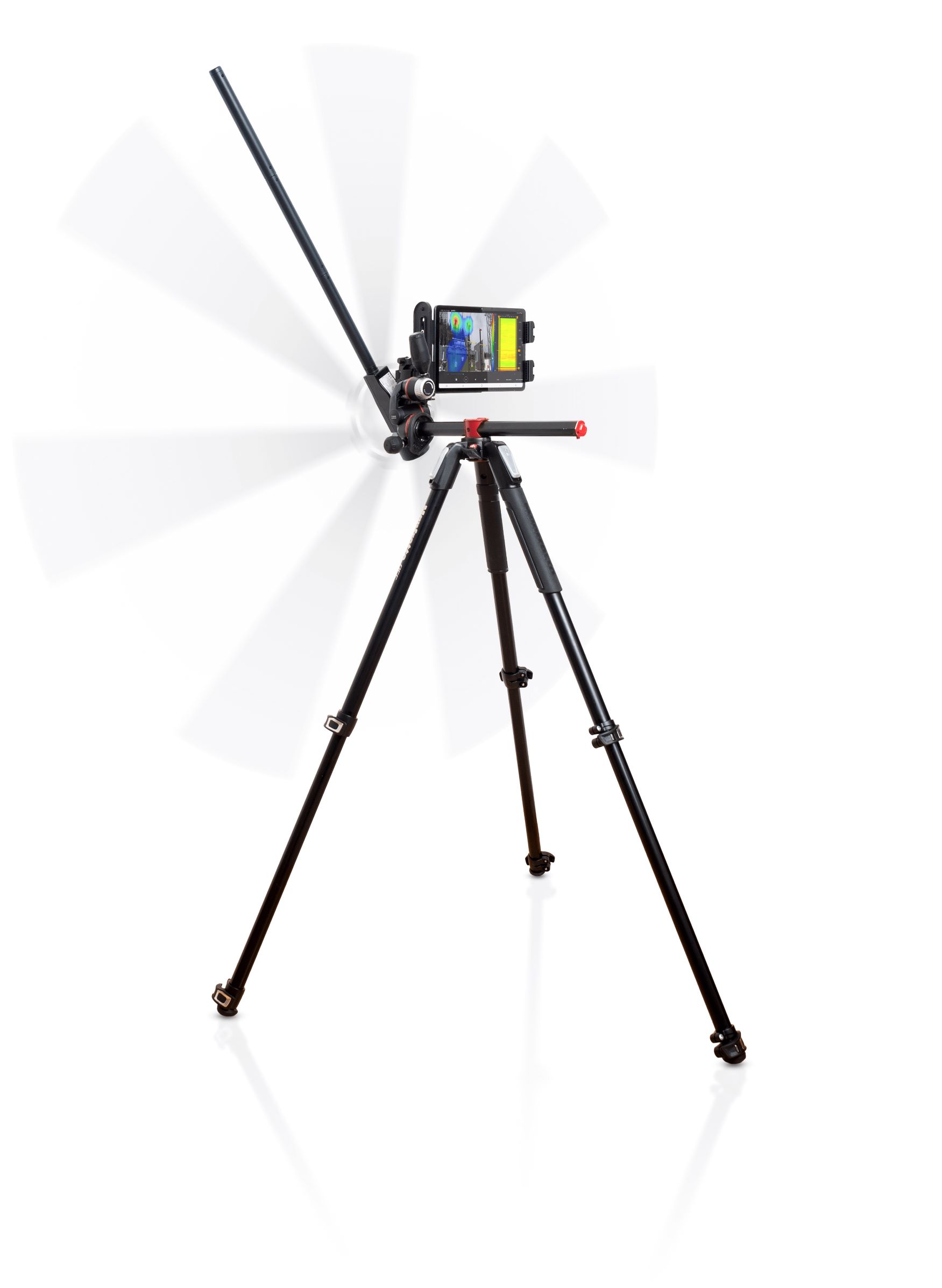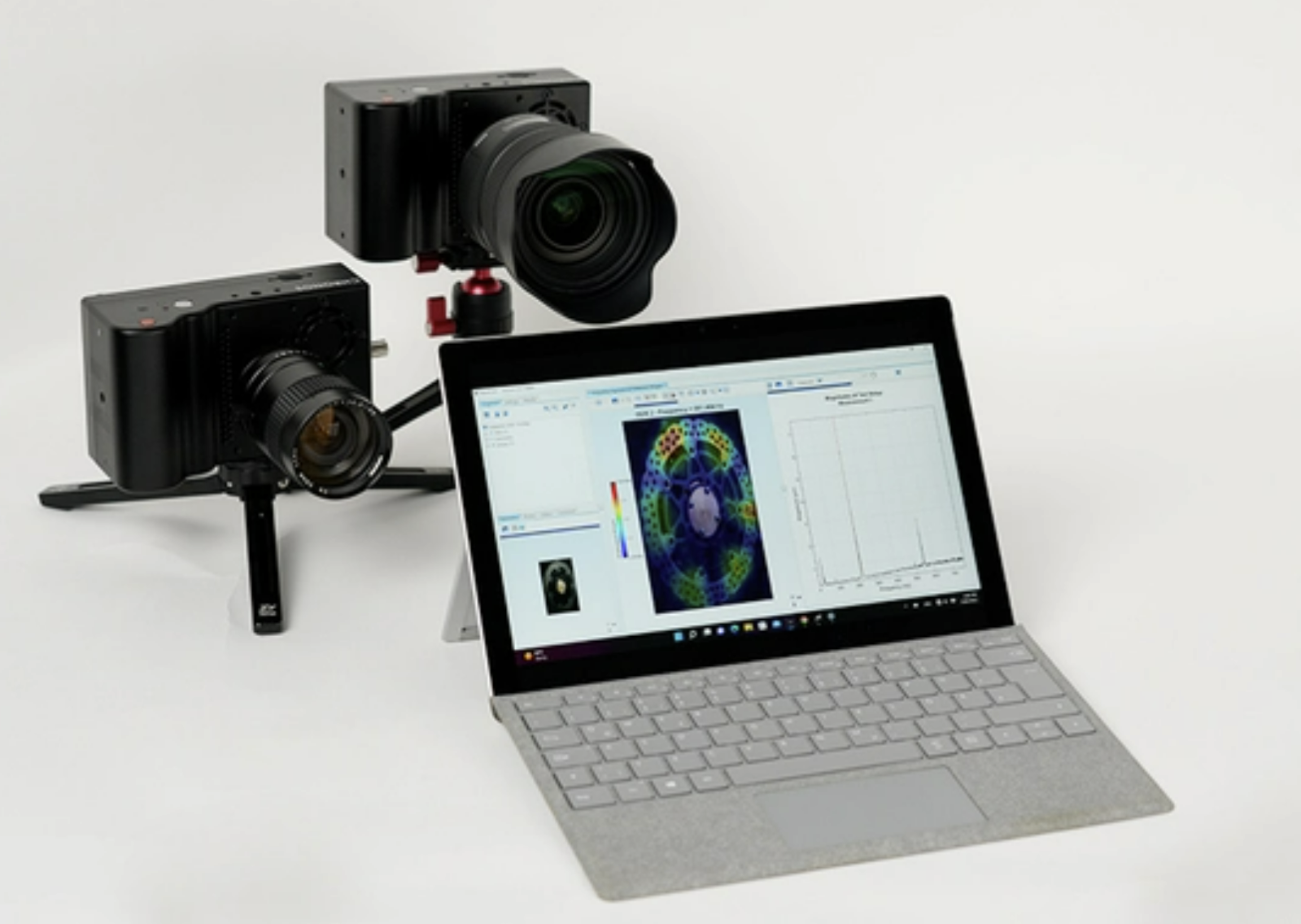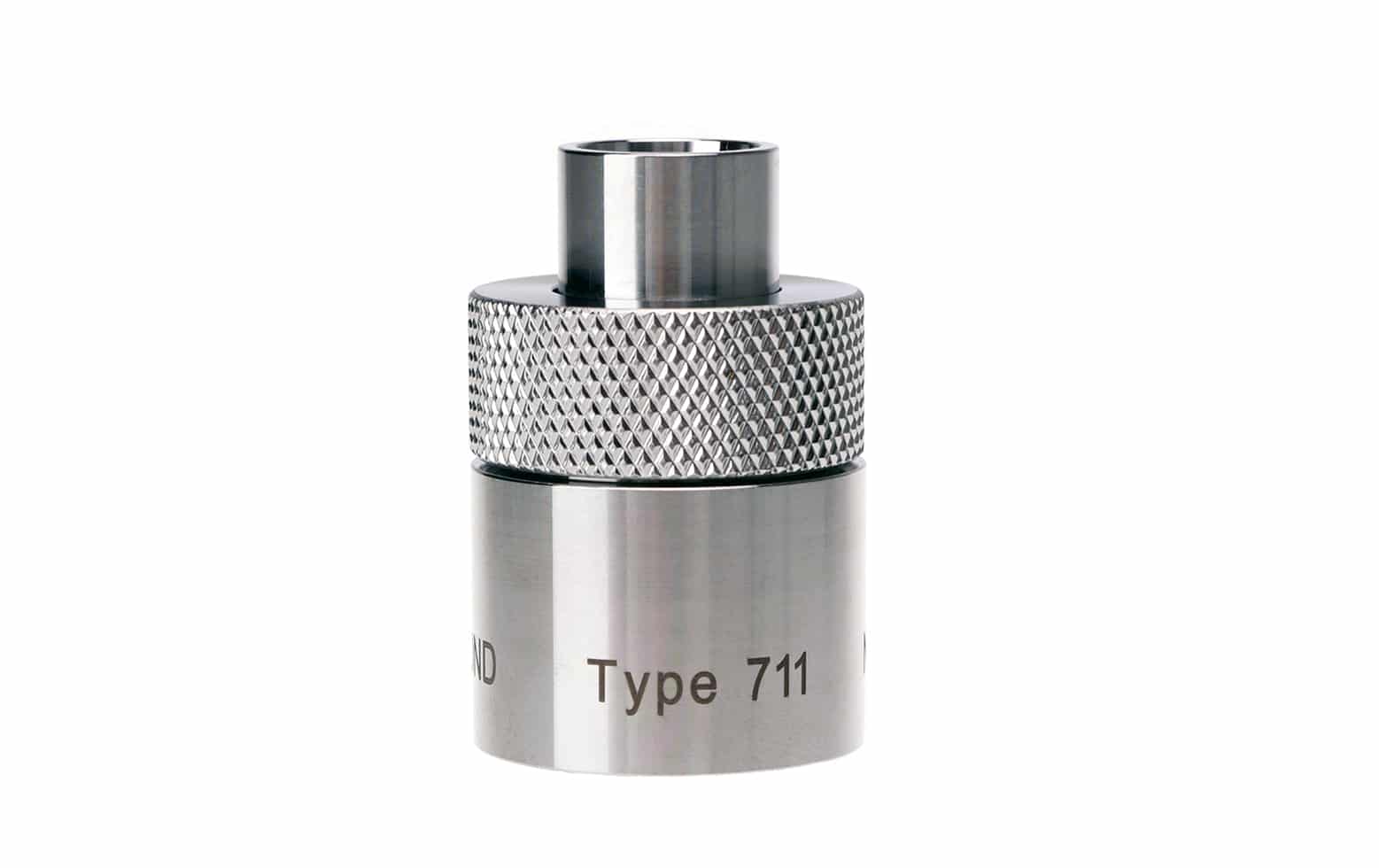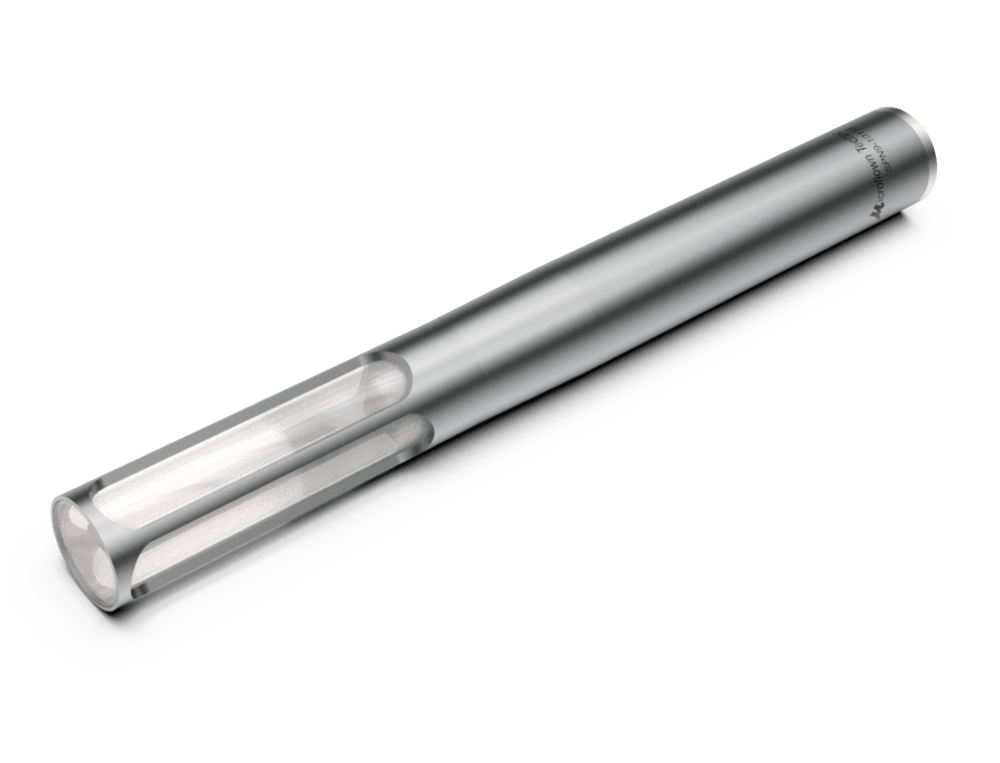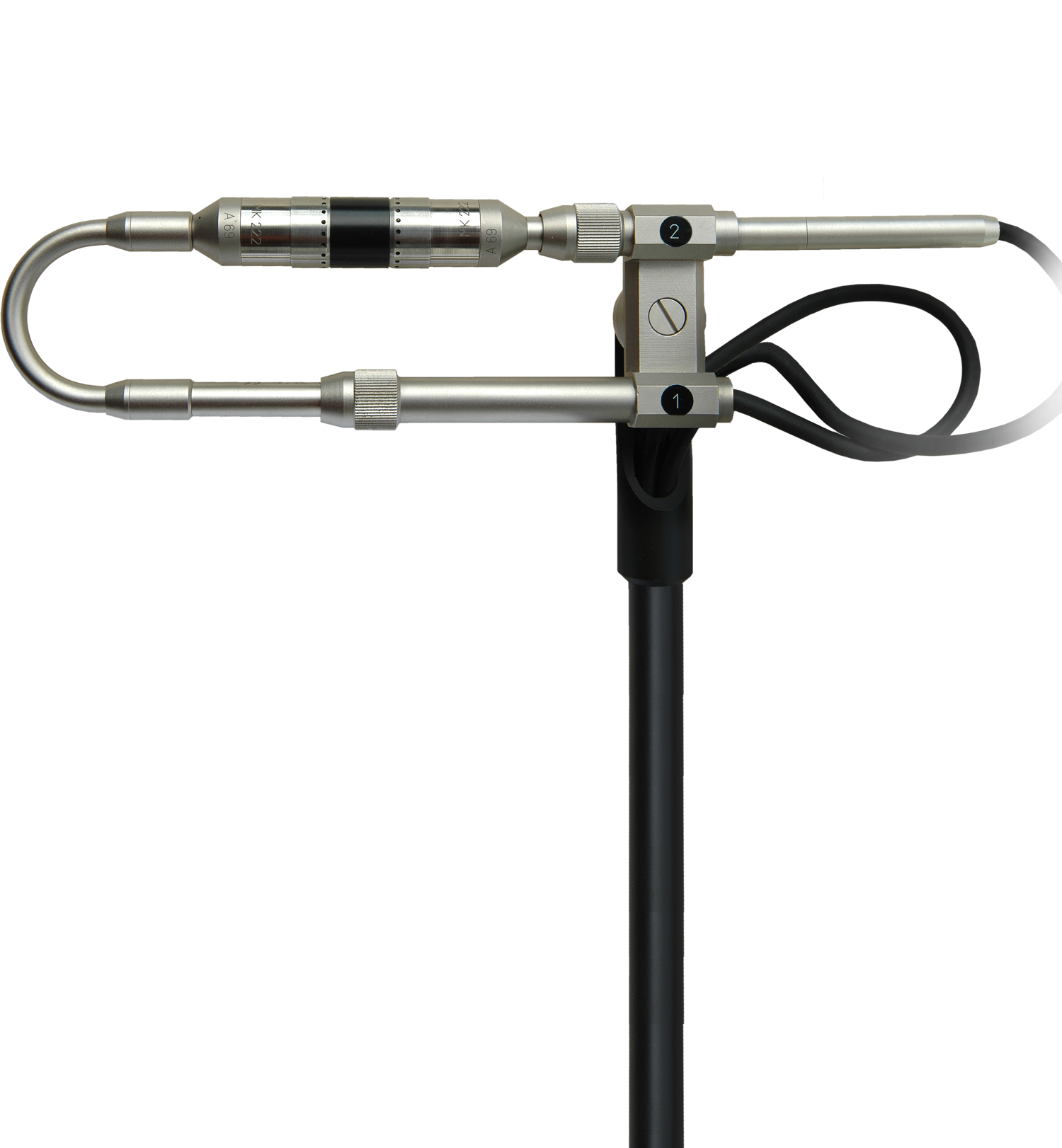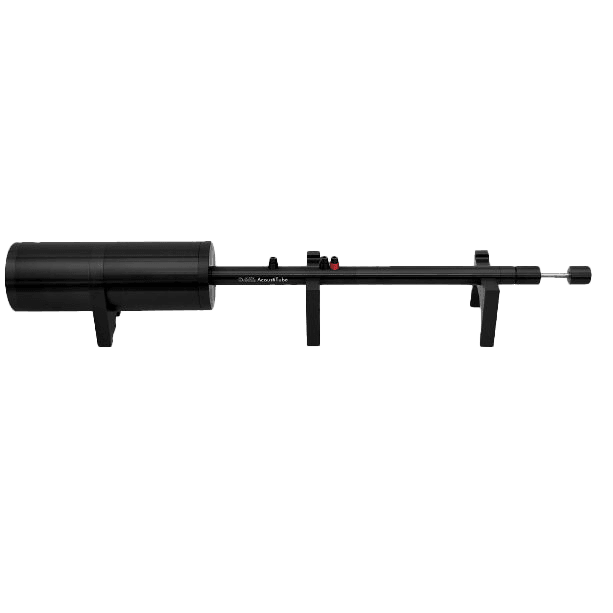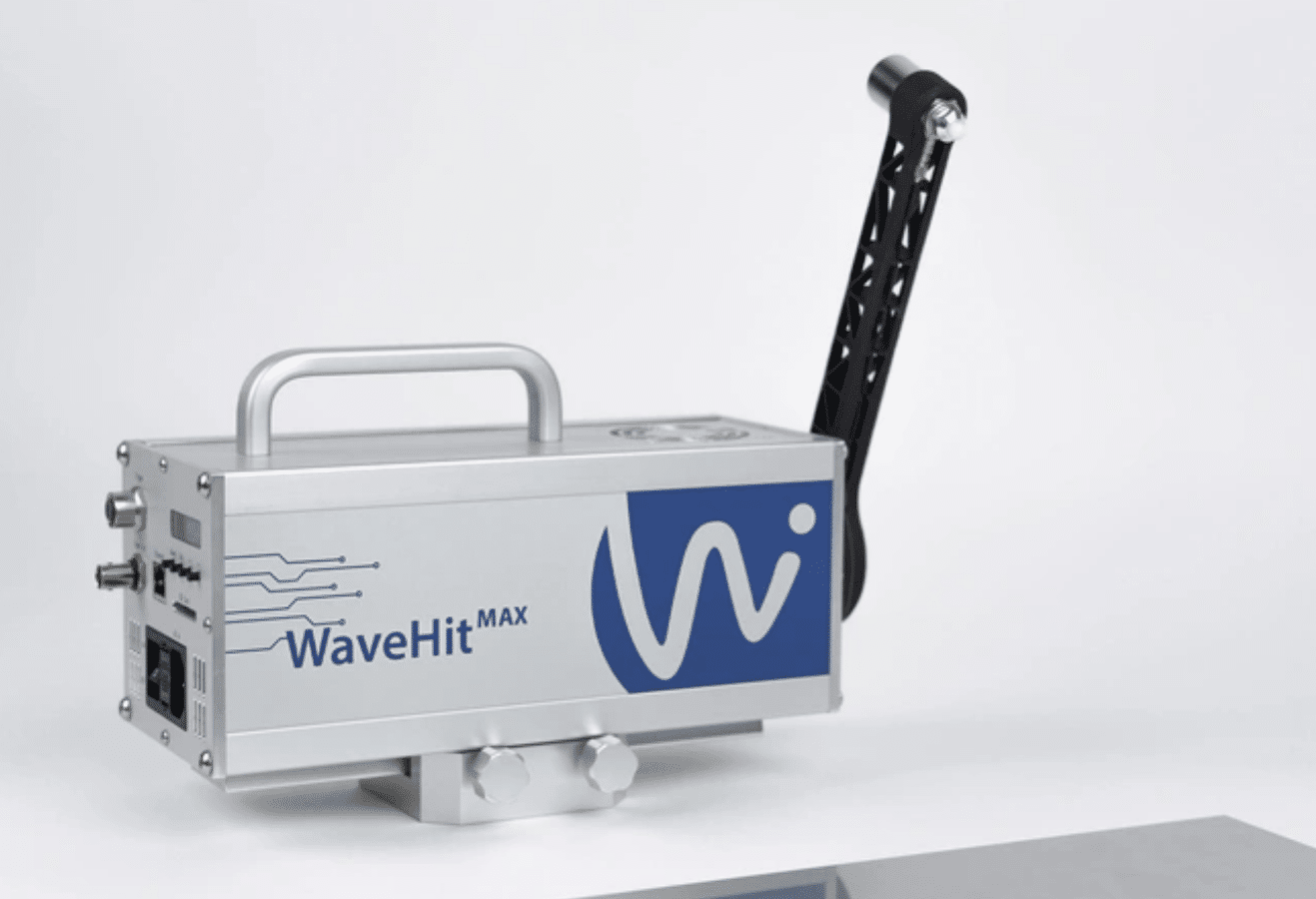We had the pleasure of sitting down with out Technical Director, John Shelton to discuss his background and his thoughts on vibration instrumentation past and present.
Back at university, a degree in sound and vibration and part of the course was doing measurements of sound and vibration. In my holidays I used to go back to an acoustic laboratory and do some measurements there. I used to measure things such as hover crafts, which I found good fun as I got to go in the hover craft! My thesis was involved in measuring vibration on loudspeaker cones, using laser doppler velocimetry, which is measurements of vibration velocity using a laser. An advantage of that is a laser doesn’t have the mass of an accelerometer, so it allows you to measure very light structures such as loudspeaker diaphragms without affecting what you are trying to measure. It was a new technique back in the 1980’s when new measurement techniques for loudspeakers were just emerging. As a result of that, my first proper job was designing loudspeakers at Goodman’s, which has always been a passion of mine
Prior to this I was working in an acoustic laboratory whilst going through my degree course, which gave me lots of experience. In those days measuring noise and vibration used to use massive racks of instruments and nothing was portable. Everything was tape recorded and brought back or analysed in situ.
I found measuring the performance of loud speakers very interesting, which led me to believe that there are some measurements that are relevant to loud speakers, but it is very difficult to link those measurements to what you ultimately end up hearing. So you can’t measure a loud speaker and then say it it’s a good sounding loudspeaker, it is still a very subjective field and I don’t believe that has changed. You use measurements such as frequency response and distortion. These days we use products like Soundcheck from Listen and that will give you the basic information about that loudspeaker but won’t tell you what that loudspeaker really sounds like, whether it is a good loudspeaker or a bad one. I’m not sure whether there will ever be a solution that, but it is fun trying to find out!
After I realised that, having worked at Goodman’s for two years. I then went to Bruel & Kjaer UK, which was the premium sound and vibration company and is still around today. I was selling instrumentation in the UK. In those days measuring vibration was either with very big analysers or using a sound level meter as a vibration meter. Instead of connecting a microphone we use to connect an accelerometer and then have an adapter going into the SLM. The instrument people used at the time for this was the B&K 2209.
When I left B&K, I could only see computer based instrumentation as a way forward.


